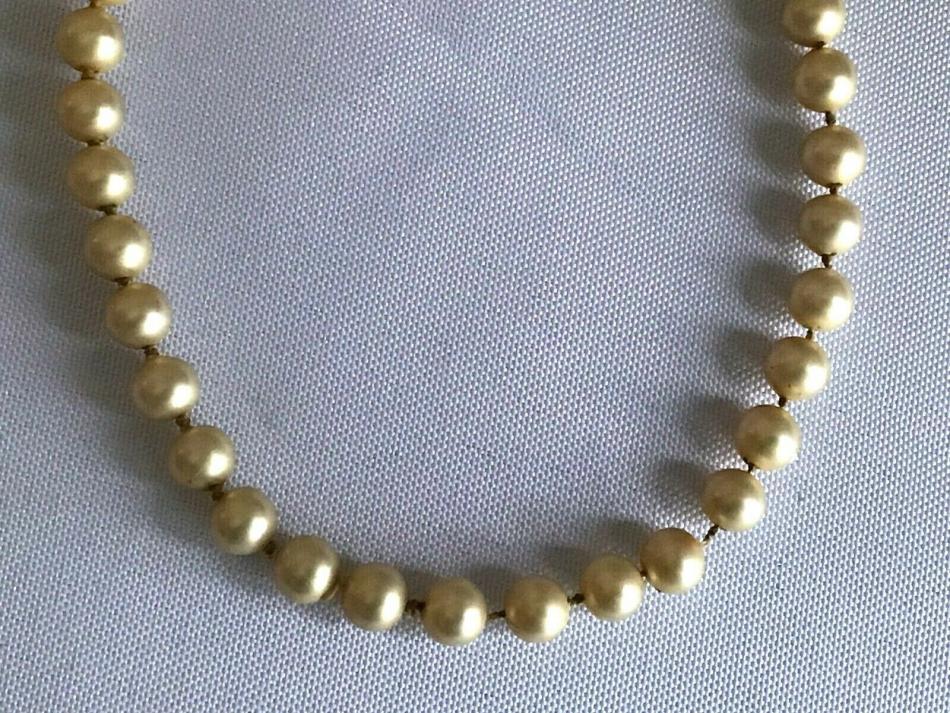Scottish Pearls - The Hidden Gems Of Scotland's Rivers
Learn about the rare beauty of Scottish pearls, their formation, cultural significance, and the efforts to conserve these natural treasures.
Author:Callum FraserAug 02, 2024139 Shares69.4K Views

Scotland, a land known for its rugged landscapes, rich history, and cultural heritage, also boasts a hidden gem in its natural treasures Scottish pearls. These pearls, found in the freshwater rivers of Scotland, have been cherished for centuries for their unique beauty and rarity. This article explores the fascinating world of Scottish pearls, from their historical significance to their environmental importance, and how they continue to captivate enthusiasts and jewelers alike.
The History Of Scottish Pearls
Ancient Beginnings
Scottish pearls have been prized since ancient times, with their origins tracing back to the Celtic era. The Romans are believed to have traded for these pearls, and they were highly valued in medieval Europe. Scottish royalty and nobility often adorned themselves with these lustrous gems, considering them symbols of purity and wealth.
Renaissance And Royalty
During the Renaissance, Scottish pearls gained immense popularity. They were often featured in the elaborate jewelry of European royalty, including Queen Mary of Scots. The pearls were sourced primarily from the River Tay and the River Earn, where they were harvested by skilled pearl fishers. The demand for these pearls grew, and they became an integral part of Scotland's trade and economy.
The Unique Characteristics Of Scottish Pearls
Natural Formation
Scottish pearls are formed in freshwater mussels, specifically the species Margaritifera margaritifera. These mussels thrive in the clean, fast-flowing rivers of Scotland. The pearls are created when an irritant enters the mussel, and layers of nacre (mother-of-pearl) are secreted around it, forming a pearl over time. The process can take many years, contributing to the rarity and value of these pearls.
Distinctive Features
What sets Scottish pearls apart is their unique luster and range of colors. They can be found in shades of white, pink, silver, and even rare hues of gold and purple. Their organic, irregular shapes add to their charm and individuality, making each pearl a one-of-a-kind gem.
Environmental Importance And Conservation
Ecological Significance
Freshwater mussels, including those that produce Scottish pearls, play a crucial role in the ecosystem. They help filter and purify the water, maintaining the health of the river environments. This filtration process benefits other aquatic life and contributes to overall biodiversity.
Conservation Efforts
Due to overharvesting and habitat degradation, the populations of freshwater mussels in Scotland have significantly declined. In recent years, conservation efforts have been implemented to protect these valuable species. Organizations and local communities are working to restore river habitats, regulate pearl fishing, and raise awareness about the ecological importance of freshwater mussels.
Scottish Pearls In Modern Jewelry
Timeless Elegance
Scottish pearls continue to be highly sought after in the world of jewelry. Their timeless elegance and natural beauty make them a popular choice for various pieces, from necklaces and earrings to rings and brooches. Modern jewelers appreciate the history and uniqueness of these pearls, incorporating them into contemporary designs that appeal to today's consumers. These pearls are also associated with love and commitment, making them a cherished choice for wedding jewelry.
Ethical Sourcing
With growing awareness of environmental issues, there is an increasing demand for ethically sourced pearls. Jewelers who use Scottish pearls often emphasize sustainable practices and the importance of conservation. This ethical approach not only preserves the natural beauty of Scotland's rivers but also ensures that these precious gems can be enjoyed for generations to come.
The Cultural Significance Of Scottish Pearls
Symbolism And Tradition
Scottish pearls hold deep cultural significance, symbolizing purity, wisdom, and tranquility. They have been used in traditional Scottish jewelry, such as kilt pins and brooches, often worn during special occasions and ceremonies. It is a symbol of Scottish heritage, reflecting the country's rich history and connection to its natural landscape. These pearls are also associated with love and commitment, making them a cherished choice for wedding jewelry.
In the long history of Scottish culture, Scottish pearls have a pivotal position, especially in wedding occasions, they carry deep emotions and beautiful meanings. The emergence of Custom Enamel Pinshas added new creativity and charm to this tradition.
Custom enamel pins add a unique charm to wedding jewelry. Combine the first letters of the couple's name, wedding date, and other elements with pearl patterns to create a unique exclusive pin. Such a pin can not only be worn as a brooch to add highlights to wedding clothing, but also be pinned on wedding invitations and gift packaging, becoming a distinctive symbol of the wedding, leaving a deep impression on guests. For wedding guests, custom enamel pins are also a very memorable gift.
Contemporary Celebrations
Today, Scottish pearls are celebrated in various cultural events and festivals. The Scottish International Storytelling Festival, for instance, often features tales and legends surrounding these precious gems. Such celebrations highlight the enduring allure and historical importance of Scottish pearls.
FAQs
What Makes Scottish Pearls Unique?
Scottish pearls are unique due to their natural formation in freshwater mussels and their distinctive luster and range of colors. Their organic shapes and rarity add to their charm and value.
Where Are Scottish Pearls Found?
Scottish pearls are primarily found in the rivers of Scotland, particularly the River Tay and the River Earn. These rivers provide the ideal environment for the freshwater mussels that produce the pearls.
How Are Scottish Pearls Harvested?
Scottish pearls are harvested by carefully opening the freshwater mussels to retrieve the pearls without harming the mussels. Due to conservation efforts, pearl fishing is now regulated to protect the mussel populations.
Are Scottish Pearls Considered Valuable?
Yes, Scottish pearls are considered highly valuable due to their rarity, unique characteristics, and historical significance. They are prized by collectors and jewelers alike.
How Can I Ensure I Am Buying Ethically Sourced Scottish Pearls?
To ensure you are buying ethically sourced Scottish pearls, look for jewelers who emphasize sustainable practices and conservation efforts. Ask about the sourcing methods and seek certification or documentation that verifies the pearls' origin.
Conclusion
As conservation efforts continue and awareness of environmental sustainability grows, the future of Scottish pearls looks promising. These precious gems will likely remain a symbol of Scotland's natural beautyand cultural heritage, cherished by future generations. By supporting ethical practices and conservation, we can ensure that Scottish pearls continue to glimmer and inspire for years to come.

Callum Fraser
Author
Callum Fraser isn't just a writer about Scotland; he's a product of its rugged landscape and rich history. Born and raised in Perthshire, with the Highlands as his backyard, his love for the nation's stories was kindled by local storytellers and long walks through ancient glens.
This passion led him to pursue a degree in Scottish History from the University of Edinburgh. For over 15 years, Callum has dedicated himself to exploring and documenting his homeland, fusing his academic knowledge with essential, on-the-ground experience gained from charting road trips through the Cairngorms, hiking the misty Cuillins of Skye, and uncovering the secrets of traditional recipes in his family's kitchen.
As the Editor-in-Chief and Lead Author for Scotland's Enchanting Kingdom, Callum's mission is simple: to be your most trusted guide. He combines meticulous research with a storyteller's heart to help you discover the authentic magic of Scotland — from its best-kept travel secrets to its most cherished traditional recipes.
Latest Articles
Popular Articles
